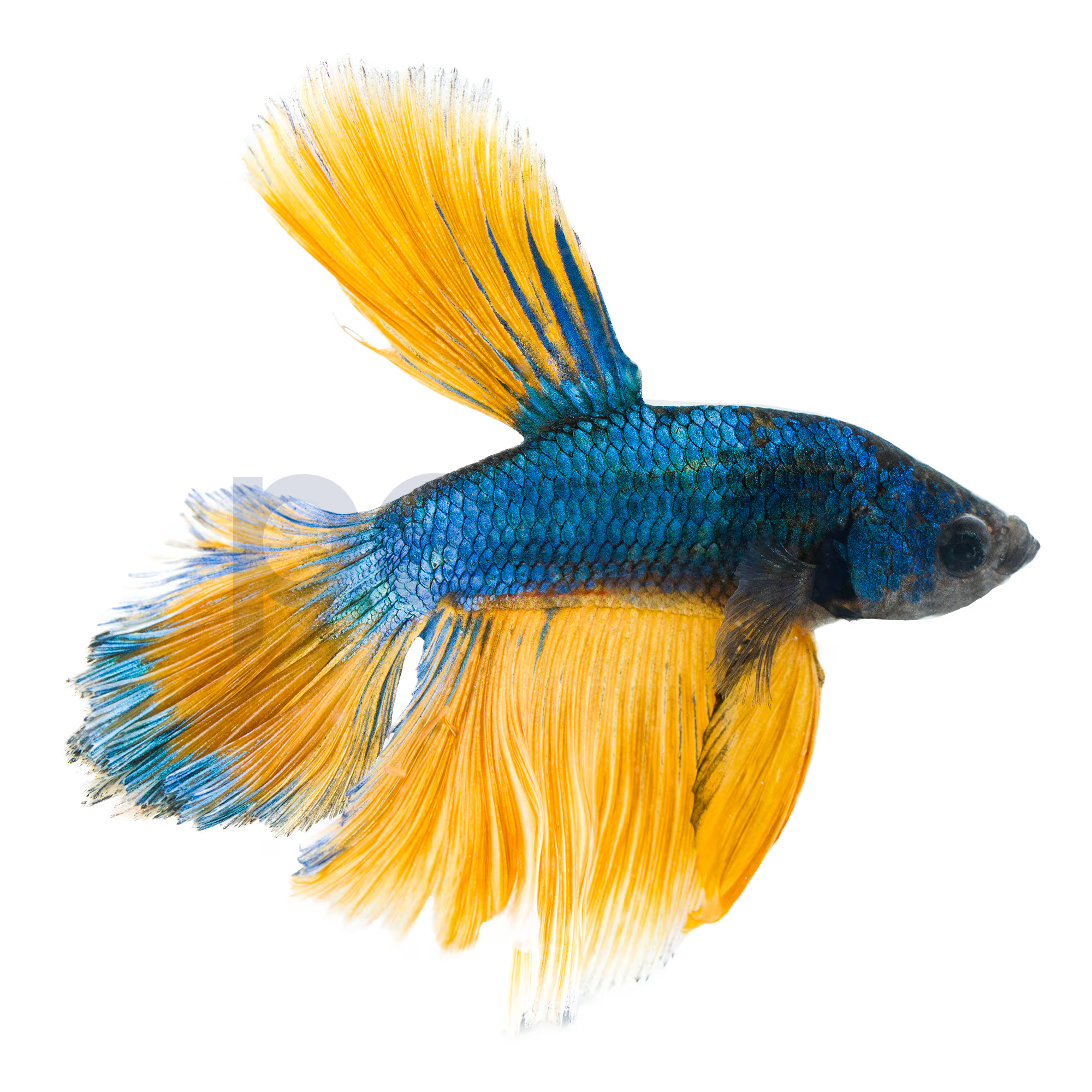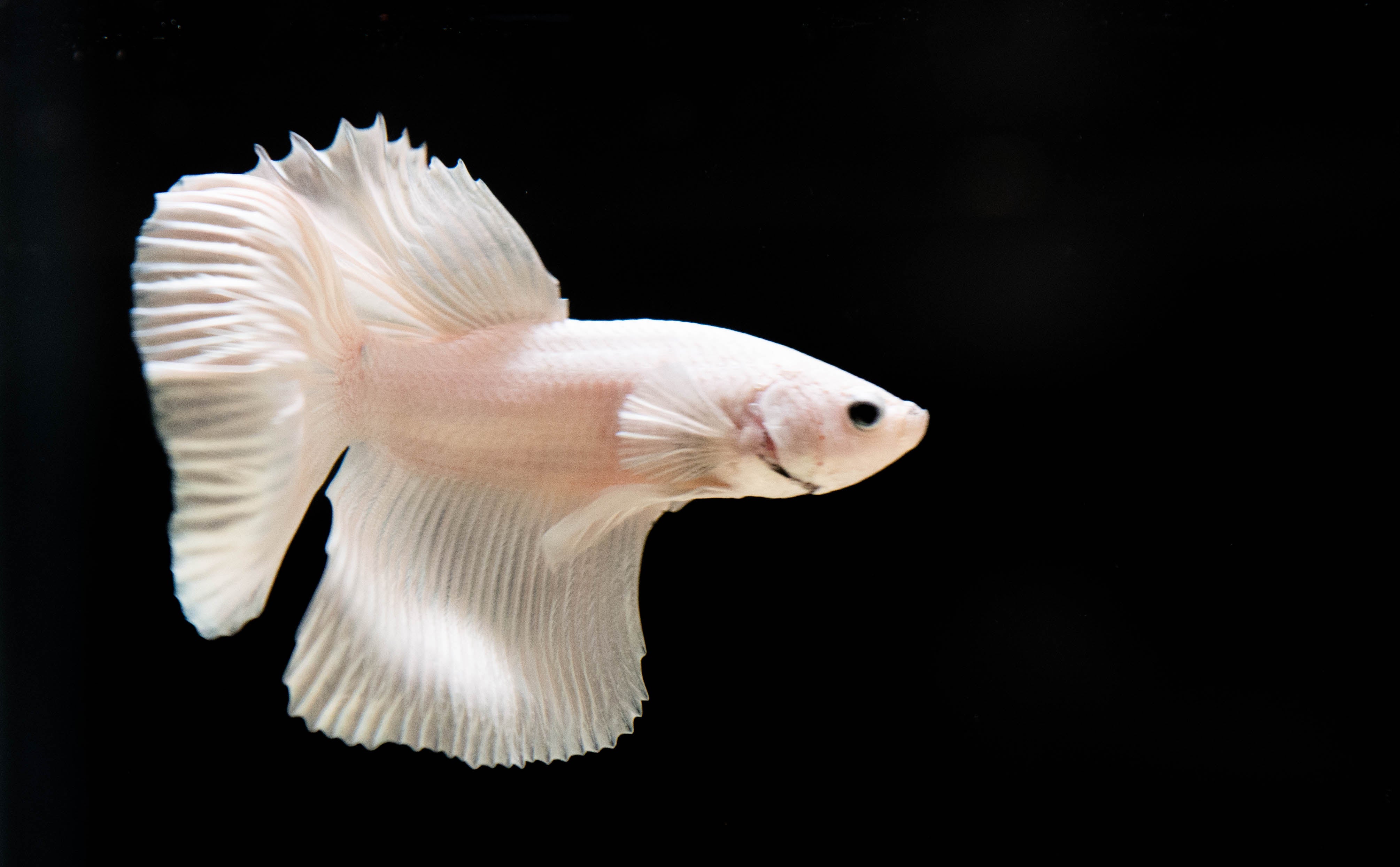The Ultimate Betta Fish Care Guide for New Pet Dog Owners
The Ultimate Betta Fish Care Guide for New Pet Dog Owners
Blog Article
Just How to Reproduce Betta Fish Successfully: Expert Strategies and Insights for Hobbyists Wanting To Expand Their Betta Collection
Reproducing Betta fish needs a nuanced understanding of genetics and environmental problems, making it important for hobbyists to approach the process with both persistance and treatment. Creating an optimal reproduction setting, selecting the best pairs, and observing the details of their courtship behaviors are foundational steps that can dramatically impact the outcome.
Recognizing Betta Fish Genetics
Understanding the genes of Betta fish is vital for effective breeding, as it influences qualities such as color, fin form, and habits. Betta fish exhibit a varied selection of colors and patterns, mainly figured out by their hereditary makeup.
Along with coloration, fin morphology is one more significant aspect of Betta genes (betta fish). The sizes and shape of fins are influenced by numerous genetics, including those that determine whether the fins are short, long, or veil-shaped. Recognizing these genetic variants helps dog breeders predict the phenotypic outcomes of their children
Moreover, behavior attributes such as aggression and territoriality can also be affected by genetics. These habits play an important role in the reproducing procedure, as they can influence generating success and the total temperament of the resulting fry. By thoroughly comprehending these genetic concepts, dog breeders can make informed decisions, eventually improving their reproduction programs and achieving preferable outcomes.
Preparing the Reproduction Atmosphere
Producing an optimal reproduction setting is crucial for the effective recreation of Betta fish. The very first action in preparing this environment is to select a proper breeding tank, preferably varying from 5 to 10 gallons.
Next, take into consideration using a sponge filter or an air rock to supply mild water flow without developing solid currents that can worry the fish. It is necessary to mount plants or breeding cones to offer hiding places and promote comfort for the lady during the spawning procedure. Drifting plants, such as Java moss or water sprite, can additionally produce a much more natural atmosphere while promoting bubble nest building by the man.
Prior to introducing the breeding pairs, make sure the water is conditioned and without damaging chemicals, such as chlorine or heavy metals. betta fish. Regular water changes need to be carried out to maintain optimum water top quality, enhancing the chances of effective reproduction. With these preparations in location, the breeding atmosphere will certainly sustain the health and health of both Betta fish
Picking Reproduction Pairs
Selecting the ideal breeding sets is essential for accomplishing successful Betta fish reproduction. When choosing your reproduction pairs, take into consideration numerous crucial variables including wellness, personality, and genes. Healthy Betta fish exhibit lively shades, clear eyes, betta fish and active actions. Selecting fish that are devoid of condition guarantees a better possibility of generating viable spawn.
Personality is one more important consideration, as Betta fish are known for their hostile nature. It is recommended to pick a male and female that show suitable characters to lessen tension throughout the breeding procedure. A tranquil male can urge a smoother courtship, while a female that is as well hostile may interfere with the process.
Genetic history also plays a substantial role in the high quality of the spawn. Breeding fish that are genetically varied can lower the risk of genetic wellness issues and improve the total vigor of the fry. It is valuable to investigate the family tree of both the man and female, focusing on preferable traits such as fin type, color scheme, and dimension.
The Reproduction Process
The reproduction procedure of Betta fish requires cautious preparation and focus to detail to make certain a successful outcome. It is essential to prepare a suitable breeding storage tank, preferably a 5-10 gallon fish tank with a temperature level kept at 78-80 ° F. The container needs to be equipped with a heater, filter (preferably sponge type to avoid strong currents), and lots of aquatic plants for the female to hide.
Once the environment is set, introduce the selected breeding pair to the tank, allowing them to accustom. Observe their habits; the male will display elaborate courtship rituals, including flaring his fins and constructing a bubble nest. If the lady reveals passion, she will certainly present upright red stripes suggesting readiness for read the full info here spawning.
When the female is receptive, the pair will take part in a breeding embrace, throughout which the male feeds the eggs. It is crucial to monitor their communications closely, as the male might become hostile. After spawning, eliminate the woman to protect against potential damage. The man will often tend to the eggs, which commonly hatch within 24-36 hours. Maintaining optimum water problems throughout this period is necessary for the development of healthy Betta fry.
Taking Care Of Betta Fry

Feeding Betta fry is vital, as they call for a diet high in protein. At first, they can be fed infusoria or fluid fry food, transitioning to carefully smashed high-quality pellets as they grow. Feed tiny sections numerous times a day to urge healthy development without overloading the tank with uneaten food.

As they mature, check their growth very closely click to find out more and separate any type of aggressive people to stop injury. By offering a supporting atmosphere and correct nutrition, enthusiasts can successfully increase Betta fry into dynamic, healthy and balanced fish, eventually boosting their breeding undertakings.
Conclusion
Effective Betta fish breeding needs precise interest to hereditary choice, ecological problems, and treatment for the fry. By comprehending the genes of Betta fish and preparing a proper reproduction atmosphere, enthusiasts can improve the possibilities of creating lively, healthy children.
Report this page